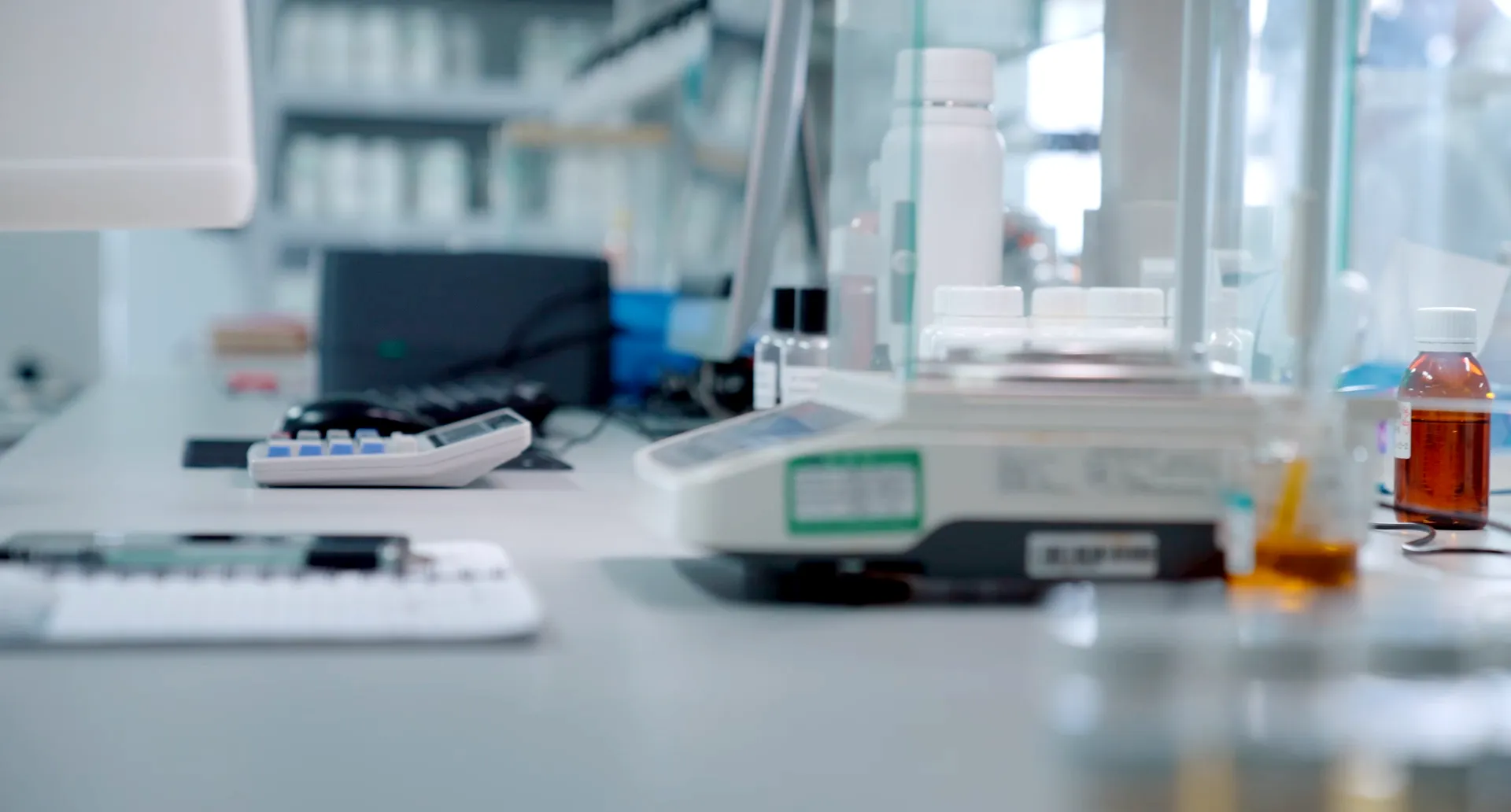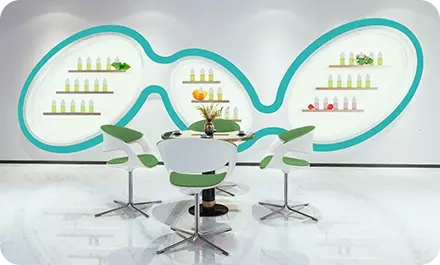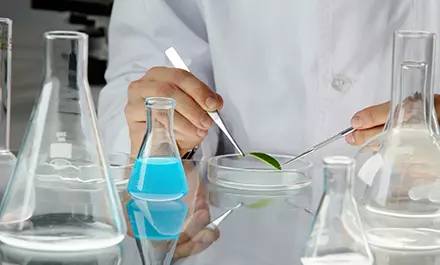
Does e liquid stain?
E-liquids are the liquid solutions used in electronic cigarettes or vape pens that contain nicotine or other flavored mixtures. As the use of e-cigarettes has grown, so has the discussion about the impact of e-liquid stains. While there are many opinions on this matter, the question remains, does e-liquid stain?
E-liquid has the potential to stain clothes, furniture, and other surfaces. It contains ingredients such as propylene glycol, vegetable glycerin, and flavorings. These ingredients are not typically known to be staining agents; however, some flavorings used in e-liquids can cause staining because of the food coloring they contain.
The color of the e-liquid is one of the primary factors that can affect staining. Darker colored e-liquids are more likely to stain than lighter colored ones. For instance, e-liquids with a yellow or brownish color may contain ingredients that could stain clothes if spilled. Additionally, older e-liquids or those that have been sitting for a while are more likely to stain.
Another factor that can increase the risk of e-liquid stains is the method of application. Vape pens with leaky cartridges or tanks could easily drip e-liquid on surfaces, causing staining. Also, careless handling of the e-liquid bottle, particularly when refilling the cartridge or tank, can cause accidental spills.

The porous nature of some fabrics and other surfaces can also affect e-liquid staining. When e-liquid comes into contact with surfaces like carpets, upholstery, or curtains, it seeps into the fibers of the fabric, making it challenging to remove. Majority of the fabrics may require professional cleaning or replacement if they get a significant stain from e-liquid.
The severity and permanence of the e-liquid stain depend on the type of fabric or surface the e-liquid comes in contact with. Some surfaces may show a light stain that can be removed quickly with a cleaning solution, while others may show a more serious stain that requires specialized attention.
One way to reduce the risk of e-liquid stains is by taking precautions when handling e-liquids. Keep e-liquids away from fabrics and surfaces that could be stained if there is a spill. Use a paper towel or cloth when refilling the cartridge or tank to ensure that e-liquid does not drip onto surfaces. Also, make sure that the vape pen components are not leaking or broken before using.
If staining occurs, prompt cleaning is critical. For clothes, pre-treatment with a stain remover is essential to remove the stain before washing normally. If the e-liquid had been on hard surfaces such as tables, counters, and floors, cleaning can be done using a microfiber cloth. If the e-liquid stain has seeped into the fibers of fabrics, professional cleaning may be necessary.
E-liquid residue can also build up inside the vape pen or cartridge components, causing staining and a reduction in the performance of the electronic device. Regular cleaning of vape pens components with alcohol solutions or warm water can combat this problem.
In conclusion, e-liquid can stain fabrics and surfaces that it comes into contact with. The staining severity depends on the type of fabric or surface and the color of the e-liquid. By taking precautions to prevent spills or leaks, promptly cleaning stains that occur and regularly maintaining vape pen components, the risk of staining can be decreased. So, if you're thinking about switching to e-cigarettes, be aware of the risk of staining and take necessary steps to prevent it.

We will contact you as soon as possible









